How to Transform Your Restaurant’s Delivery with a Delivery Management Software

Like them or not, food delivery apps have turned traditional delivery upside down. Customers today expect fast, convenient delivery with real-time order tracking from restaurants. And more and more people are ordering from home or from the office. The North American online food delivery market, worth $33 billion in 2023, is projected to reach $97 billion by 2032.
Bringing your own delivery in-house can save you those 15-30% commission fees. But operators face the challenges of fielding orders from multiple channels, dispatching drivers, and communicating with customers offsite—all while working with razor-thin margins.
Restaurants have to adapt to survive. Direct delivery management software can combine orders from your POS and automatically send drivers on the best routes. It can show customers live GPS tracking, just like third-party apps, and collect their feedback after delivery. Direct delivery platforms make modern delivery logistics simple, so you can focus on great food and a great guest experience.
What is direct delivery in restaurants?
Direct delivery is when a restaurant handles food deliveries in-house rather than through a third-party courier. They hire and pay drivers directly instead of paying a company who staffs drivers. Customers also place orders directly with the restaurant instead of ordering through a separate service.
What does direct delivery management software do?
Direct delivery management apps help restaurants manage their own fleet of drivers and plan routes. They automate manual processes like dispatching drivers, mapping stops, and updating customers on their orders. Through real-time GPS tracking, proof of delivery, and SMS notifications, the software increases the speed and accuracy of deliveries. Keeping diners informed on the ETA of their food and asking for their feedback improves customer satisfaction too.
Key Benefits of Direct Delivery Management Apps
Traditional in-house delivery looks like this:
- Jose, a customer, places an order by phone call or online.
- Ahmed, a manager, writes them down and then looks up the addresses to group them by location.
- Ahmed calls the drivers to pick up the orders.
- When the drivers arrive at the restaurant, Ahmed gives each of them the delivery addresses written down on paper.
- Vivian, one of the drivers, picks up the orders and puts the first address into a navigation app.
With this method, Ahmed spends time manually searching for and planning the stops. He doesn’t know if drivers have gone off-course or when they’re available to pick up more orders. Vivian spends time entering the addresses into her phone, hoping that Ahmed’s writing is legible and that he didn’t make any mistakes writing street names. And Jose is in the dark about when his food is made, when it has left the store, and when Vivian is nearby.
Direct delivery software solves these issues.
Spend less time contacting drivers and planning routes
With automated dispatch and route optimization, direct delivery apps assign drivers to routes for you. Connect the system to your POS or online ordering platform so that orders transfer to the delivery queue. The tool will automatically create optimized routes and assign them to available drivers. Technology plans the best trip to save fuel and time, so restaurants can deliver faster, take more orders, and spend less on gas.
Drivers even have their own app to get alerts on new orders, follow the map, and log deliveries. If something unexpected happens along the way, like a customer using the wrong address or a driver dropping the food, the software can adjust. Having a dedicated app for drivers reduces miscommunication and can lead to better employee satisfaction and retention.
Prefer a more hands-on approach? You can still track drivers’ locations and progress in real-time through the dispatcher dashboard. See where your drivers are and how long it will take them to get back to the store.
Delivery management tools offer reporting and analytics as well, giving you insights into your delivery operations. Drill down into driver performance to identify your top-rated, highest-performing workers as well as areas of improvement.
A unique feature of the direct delivery software, Shipday, is its ability to integrate with courier apps like Uber, Skip, and Doordash. If your own fleet is maxed out, you can tap into these third-party networks and use their drivers. The system will show you a quote for the delivery before you move forward. You can even set auto-dispatch rules — for example, assign all deliveries after 5 pm to a third-party courier.
Delight more customers
Using technology for delivery management improves the customer experience. Your clients get more visibility on their orders, with live SMS updates when the order is picked up, on the way, and delivered. Shipday even lets you share real-time GPS tracking that has your logo and branding. Customers will appreciate the transparency and the fast delivery.
Some apps ask clients for feedback after the order is complete. Shipday takes it one step further, using an AI agent to customize responses to diners. If the customer is happy with their meal, Shipday will ask them to rate your restaurant on Google. It’s a simple but effective way to build your business’s reputation and earn more 5-star reviews. Considering 83% of consumers use Google to find reviews, and 68% prefer recent reviews, the choice is clear.
How Real Restaurants Use Direct Delivery Software
KFC Barbados enhances multi-location delivery operations
KFC is a beloved brand, even on an island 2,200 miles away from Kentucky. The company has 12 locations in Barbados, and managing delivery across branches was a nightmare. They handled all communication between customers, dispatchers, and drivers over the phone. Drivers got their routes on pen and paper, slowing operations considerably.
When they adopted Shipday in 2020, they cut delivery support costs by 50% using auto-dispatch and route optimization. They saved $1200 every day across six locations, which translates to over $400,000 in savings every year.
La Familia Katonah saves 100 hours per month
La Familia is a family-owned restaurant that has served Italian-American food to a small New York community for two decades. They used to rely on a time-consuming manual system to dispatch 60-70 deliveries every day. The manager, Josh Fischman, had to memorize and repeat details to drivers, some with limited English proficiency.
Since implementing Shipday in 2019, they’ve saved 60-100 hours per month with automated dispatching. The AI-powered route navigation in the driver app reduced miscommunication between drivers and dispatchers. And in 20 weeks, the restaurant earned 53 new five-star Google reviews.
Manjaros streamlines complex delivery processes
Across the pond in the north of England, Manjaros is an Afro-Caribbean chain serving halal dishes at 18 locations. When Saman Karimi joined as an IT consultant, he knew their outdated and inefficient delivery processes had to change. Customers kept calling back about order updates, and their delivery operations weren’t scaling with their expansion.
Since Karimi had used Shipday in the past, it was a no-brainer. The commission-free setup helped them lower delivery costs, and reports helped them plan smarter for the number of drivers they needed.
“Shipday makes our lives easier, especially for the drivers and the kitchen. It’s plug in and go, simple as that,” Karimi says.
Steak Out boosts efficiency and customer satisfaction
Bryan Tobin started his career as a dishwasher over 20 years ago at Steak Out in New Jersey. When the original owner retired, he bought the business. He faced issues with the store’s POS system because it only allowed deliveries within five miles. Plus, the lack of oversight on drivers’ whereabouts made it hard to please customers.
When Tobin switched to Shipday in 2021, they could properly track drivers to improve their decision-making. Customers had more trust with real-time tracking and proof of delivery, reducing disputes. And their on-time delivery rates jumped from 90% to over 98% in just weeks.
“Our online orders used to be about 20% of our business. Now we are closer to 30%, which is a positive, because if anybody who has online orders knows their average ticket size is bigger than phone orders and even in-person orders.”
So, how do you start using direct delivery management software?
Step-by-Step Guide to Implementing a Direct Delivery App
1. Evaluate your current delivery process
First, take a look at how you’re managing deliveries right now.
- How far do you deliver?
- How many orders do you deliver every month?
- How many drivers do you have in your fleet?
- Who is managing delivery orders from phone calls, your website, and third-party apps? Do you have multiple dispatchers?
- How do you contact drivers? Phone call, Whatsapp, text message, group chat, etc?
- How do you assign drivers to routes? Are some more skilled than others?
- How do you map out routes? Do you section addresses by zones?
- How do you track the status of deliveries?
- What do drivers use to navigate to their destinations?
- How do you keep the customer informed about their order?
- What do you do if drivers can’t complete the order?
- How do you respond if you get more delivery requests than you have capacity for?
- How do you review driver performance?
- How do customers know that you offer delivery?
- What would a perfect delivery system look like?
Once you’ve identified your pain points and areas of improvement, you can determine what you need in a software.
2. Choose the right delivery management system
The direct delivery platforms on the market offer different services based on the volume of orders, users, and complexity of delivery networks. Consider factors like ease of use, scalability, and integrations. Make sure to get input and buy-in from your dispatchers and drivers, too. They’ll be the ones actually using the system, so they have to understand and like it.
Many of these vendors are geared towards industries like retail, logistics, and enterprise businesses. Shipday is one of the few designed specifically for restaurants, offering integrations with restaurant POS systems and third-party delivery apps.
Compare different delivery management softwares here.
3. Set up the account and train your staff
Connect your POS and online ordering systems. Doing this will make sure orders automatically flow to your delivery platform. Then, set up how deliveries should be assigned. If you want to learn the system, you can manually assign routes at first. When you’re comfortable, set up custom rules, like ‘if none of my drivers are available within 2 minutes, send the order to an Uber driver’.
Have drivers download the app and go through a mock order. If you use software with a simple app interface for drivers, like Shipday, training time is minimal.
Almir Rapo of A-Team Delivery says, “Our drivers loved how simple and easy the [Shipday] system was. They could focus on delivering orders instead of juggling calls and messages.”
You may want to start with a pilot phase and test the system at one location or during a slower period. KFC in Barbados was able to get Shipday up and running in less than a week at their first location.
4. Set and track success metrics
How do you know if this new tech is working for you? Do you have a goal to reduce delivery times by 20%? Perhaps you want to spend 5 less hours a week dispatching orders? Set your criteria for success and monitor the results. Get feedback from your dispatchers, drivers, and customers too.
A good direct delivery software will have reports on delivery times, on-time delivery rates, customer satisfaction scores, and driver ratings.
5. Analyze data for improvements
Now that you have deep insights into your delivery performance, you can spot trends and make adjustments. If your tool tracks driver ratings and performance, you know who needs coaching and who needs recognition to keep them around longer. You might notice that it takes longer to deliver to a certain neighborhood because a road is prone to accidents, so account for that in the future.
Ideally, the direct delivery platform should work so well for you that you can scale up your in-house delivery. By advertising your delivery and offering specials through your own online ordering, more customers will order directly from you. Reduce your reliance on third-party delivery apps and avoid high commission fees.
The Future of Direct Delivery
What’s next in the world of food delivery? Doordash predicts that sustainable packaging and office catering are two trends that will carry on for the next few years.
As tech and AI evolve, more possibilities for automation open up. Consumers are becoming more and more used to convenience and transparency, and restaurants have to adapt. Businesses are testing driverless delivery with drones and self-driving cars. AI agents can have conversations with customers and respond to their needs.
Shipday is powered by AI. They’re committed to continuous improvement so restaurants can deliver to customers faster and more efficiently.
Saman Karimi, IT consultant at Manjaros says:
“Everything we ask for, Shipday adds—like self-assign features for drivers. One of our branches does about 1,200 deliveries a week; we needed to scan a code to assign themselves an order. Shipday built that within weeks.”
Future-proof your restaurant and deliver orders 20% faster. Try Shipday for free today.
Index
Ready to get started?
Play around with it first, add your team, pay later.






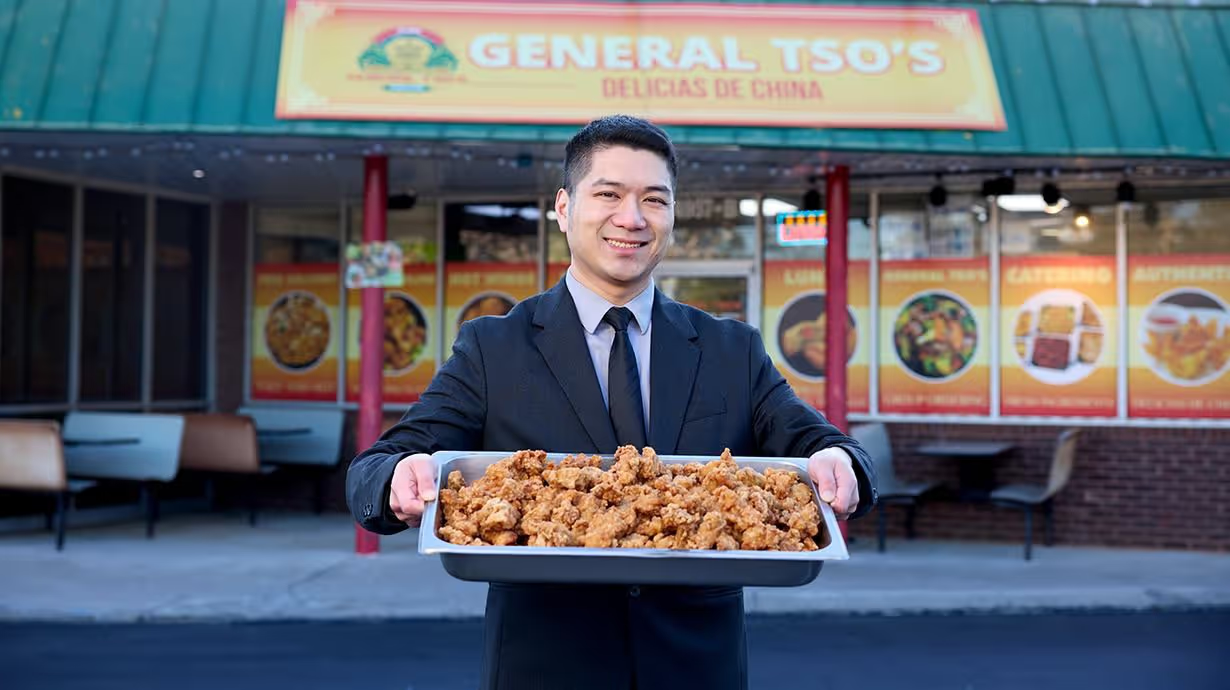
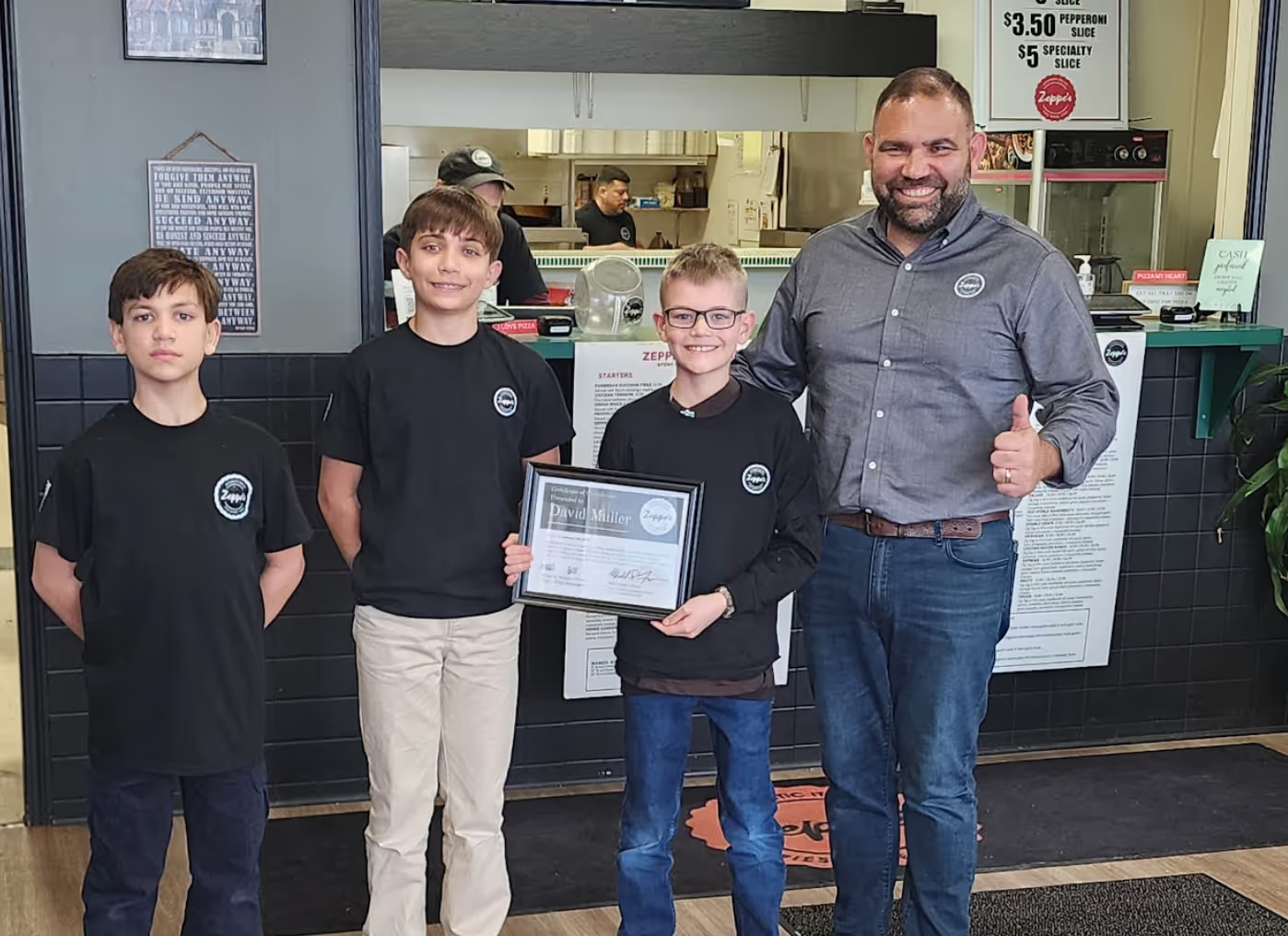
.avif)
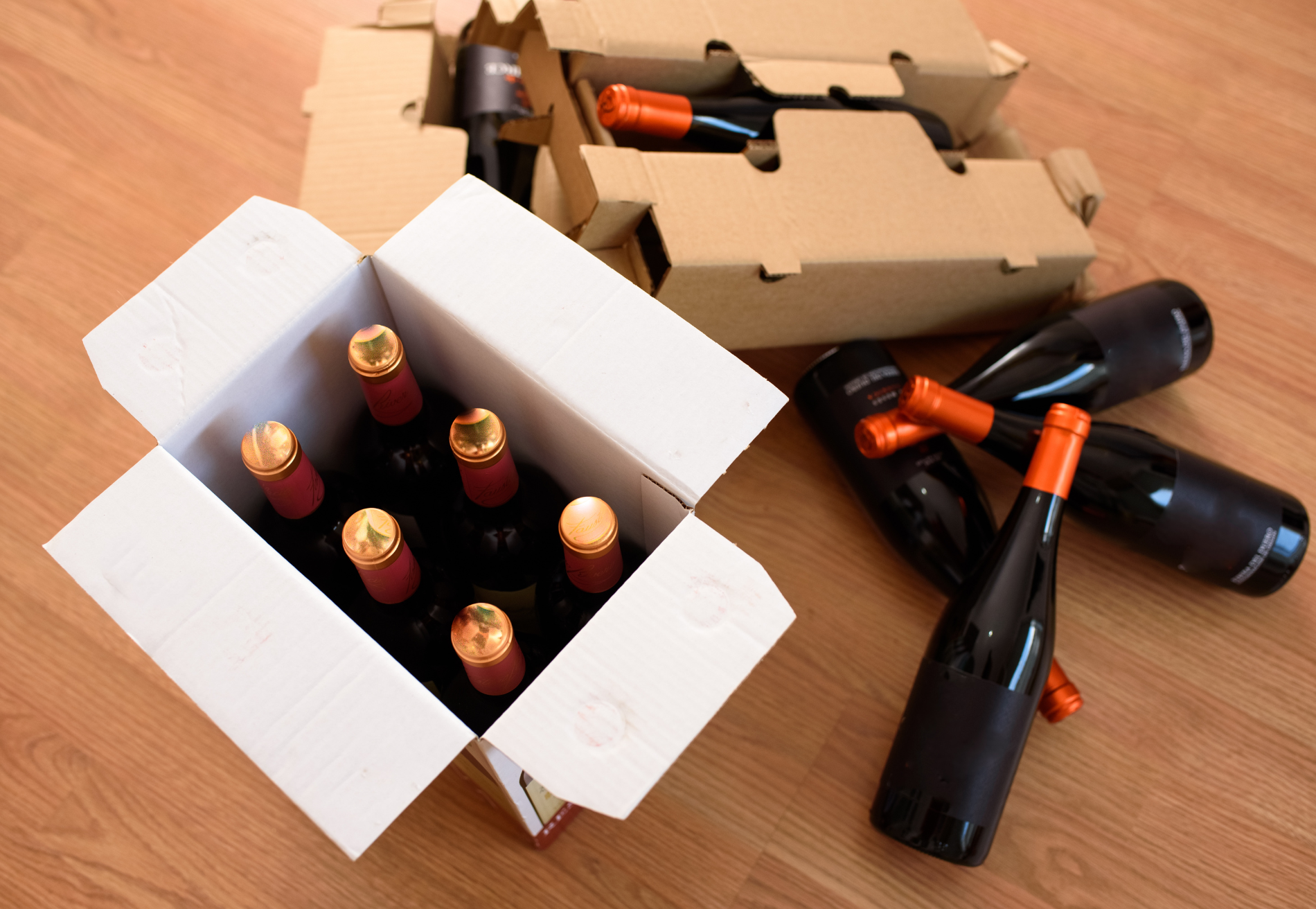
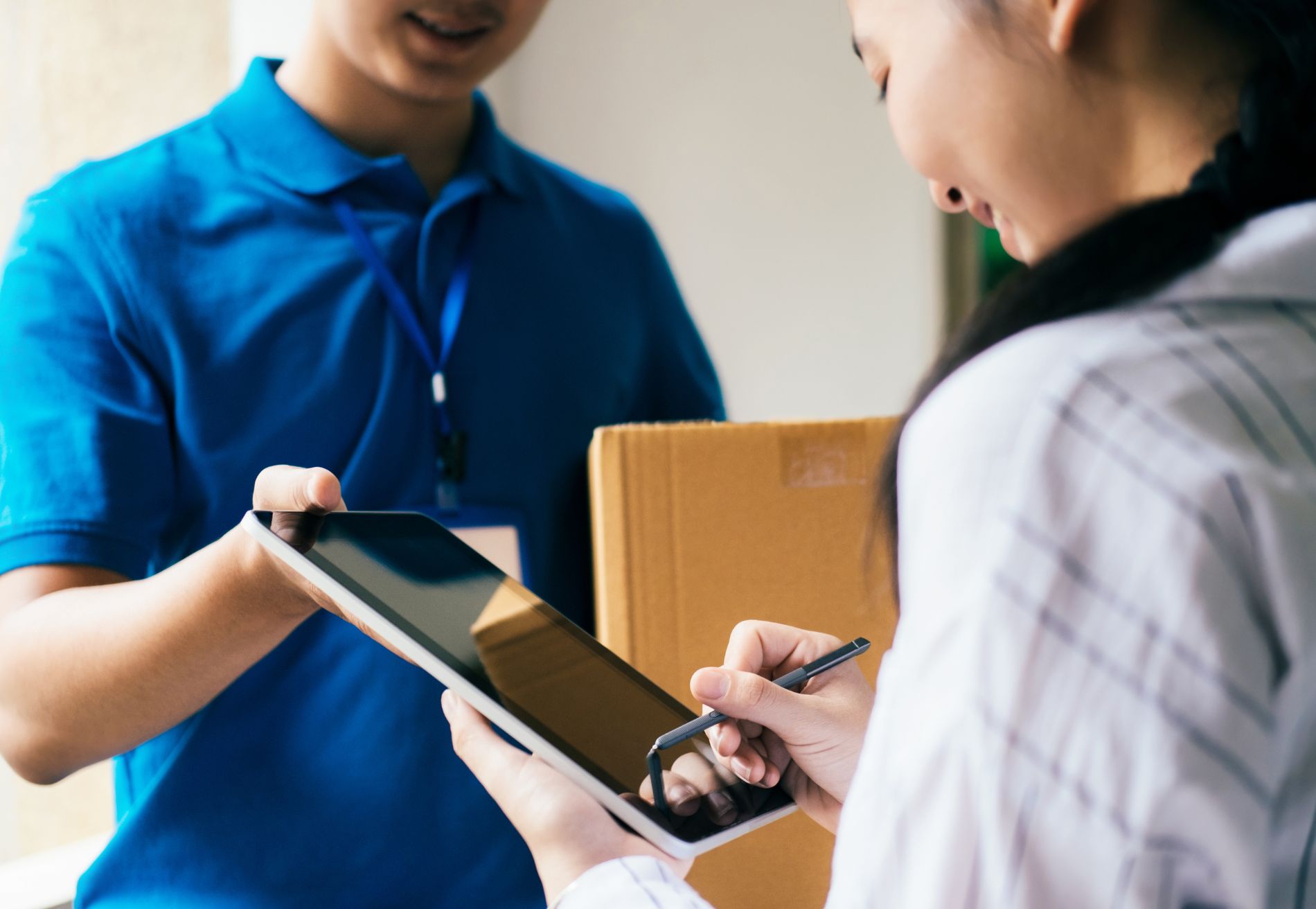
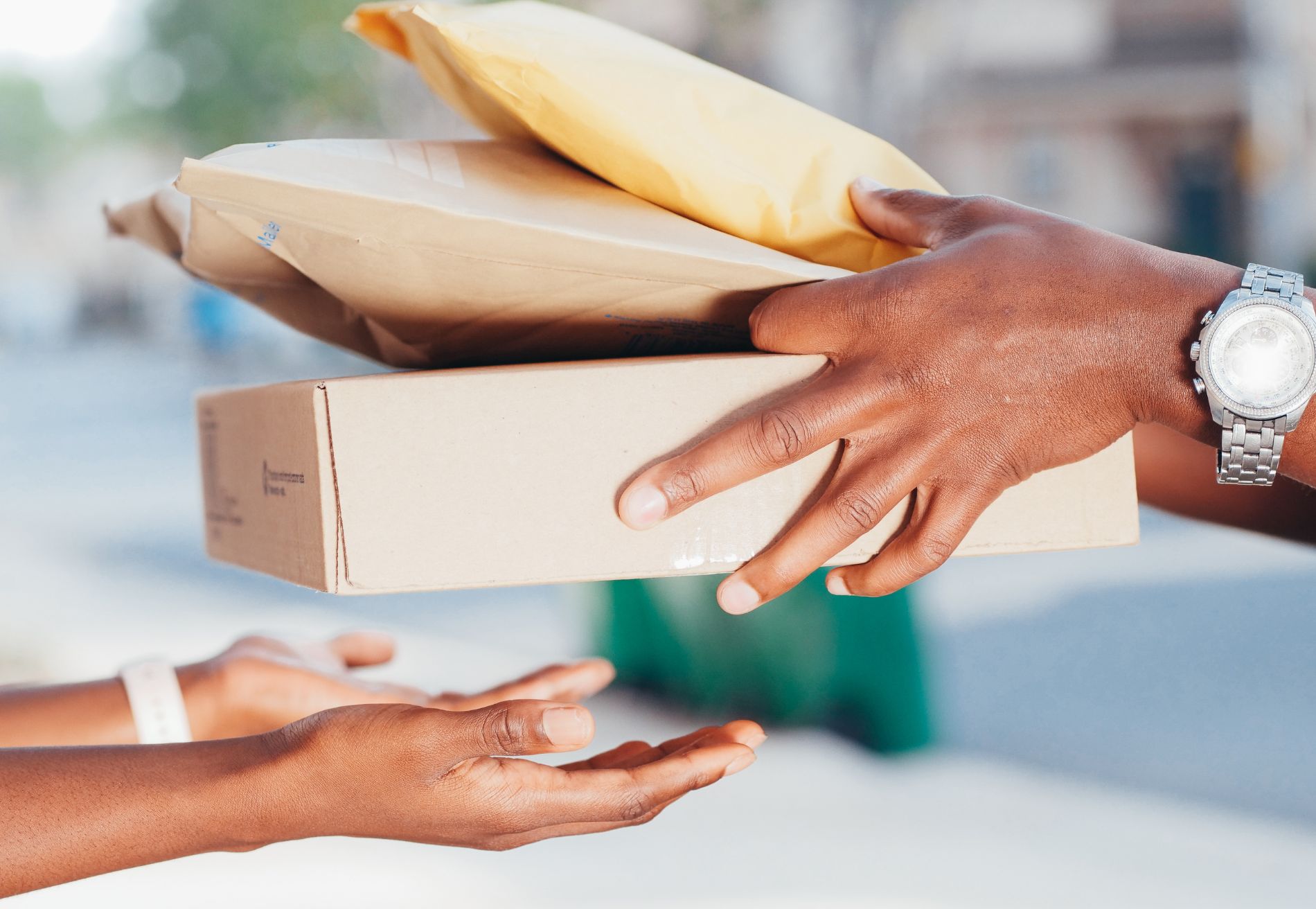



%201.svg)
